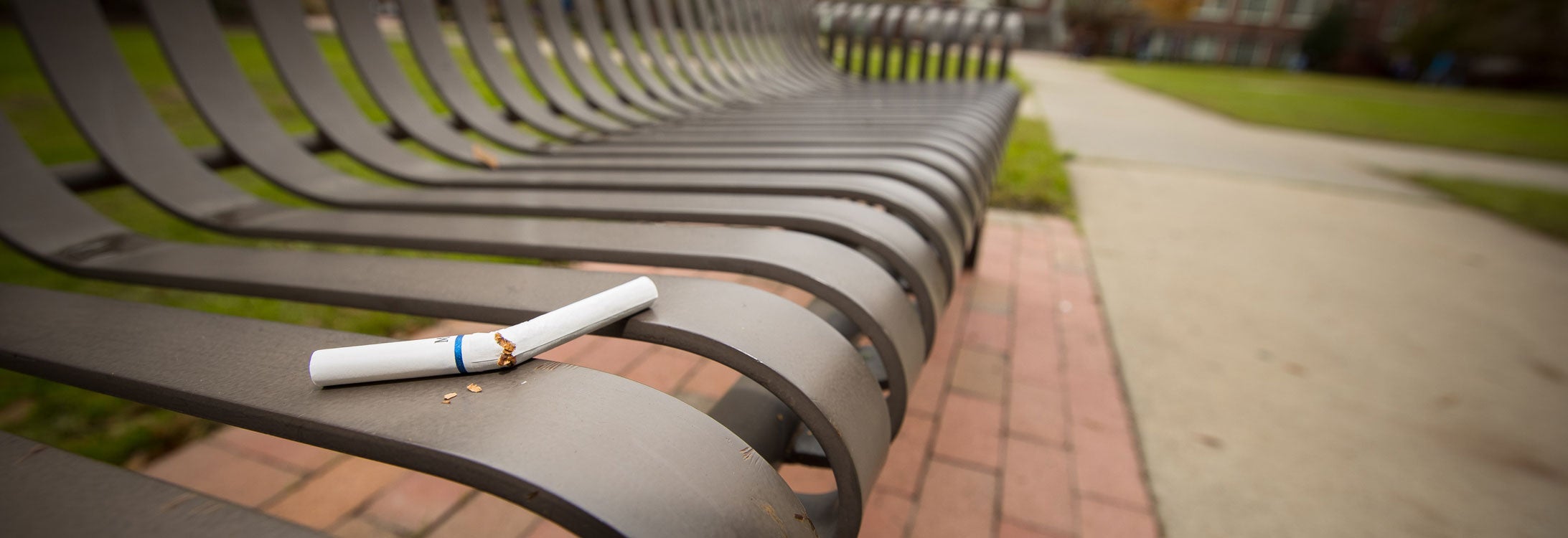TEENS AND TOBACCO
ECU, Stanford researchers examine U.S. Food and Drug Administration inspections of tobacco sales to minors at pharmacies
A study published today in JAMA Pediatrics by researchers at East Carolina University and Stanford University examined tobacco sales to minors over a five-year period at more than 13,000 pharmacies across the nation.

Joseph G. L. Lee, assistant professor, Department of Health Education & Promotion in the College of Health & Human Performance, and affiliated faculty, Center for Health Disparities in the Brody School of Medicine
The study was conducted by Dr. Joseph G. L. Lee, assistant professor in the ECU Department of Health Education and Promotion in the College of Health and Human Performance, and faculty from the Stanford Prevention Research Center – Dr. Lisa Henriksen, senior research scientist, Dr. Nina Schleicher and Dr. Eric Leas, postdoctoral researcher in Henriksen’s lab.
“There’s been a lot of interest in pharmacy sales of tobacco products,” said Lee. “We have a responsibility to keep teens from getting addicted to tobacco products, and it’s important to see if pharmacies, which should be selling health, are taking that responsibility seriously.”
The minimum age to buy tobacco products is 18 in most states. The research looked at U.S. Food and Drug Administration (FDA) data for purchase attempts by 16- and 17-year-olds across the U.S. Out of 23,000 attempts, chain pharmacies failed 7.7 percent of federal inspections for tobacco sales to minors between 2012 to 2017.
Violation rates varied by pharmacy brand and increased among the pharmacies during the study period, from 159 of 2,942 federal inspections in 2012 to 376 of 4,575 federal inspections in 2017.
Using a customized research and geocoding process, inspections for three major pharmacy brands (CVS, Rite Aid and Walgreens) and 50 other standalone pharmacy chain brands were compiled from FDA data.
Violation rates were computed by pharmacy chain and year, with Walgreens having the highest rate of sales to minors, close to 10 percent, compared to 4 percent at Rite Aid. CVS stopped selling tobacco products in 2014.
Lee and Leas said that they hope pharmacies will use the data as an opportunity to improve. “Ideally, this research will call attention to some of the differences between the companies and encourage all pharmacies to focus more attention on their responsibility to not sell tobacco to teens,” Lee said.
Only the state of Massachusetts and localities in California, Minnesota and New York have adopted laws to ban tobacco sales in pharmacies. The FDA does not have authority to restrict sales.
The research was funded by California’s Tobacco-Related Disease Research Program.
The JAMA article is available at https://jamanetwork.com/journals/jamapediatrics/fullarticle/2698451.
